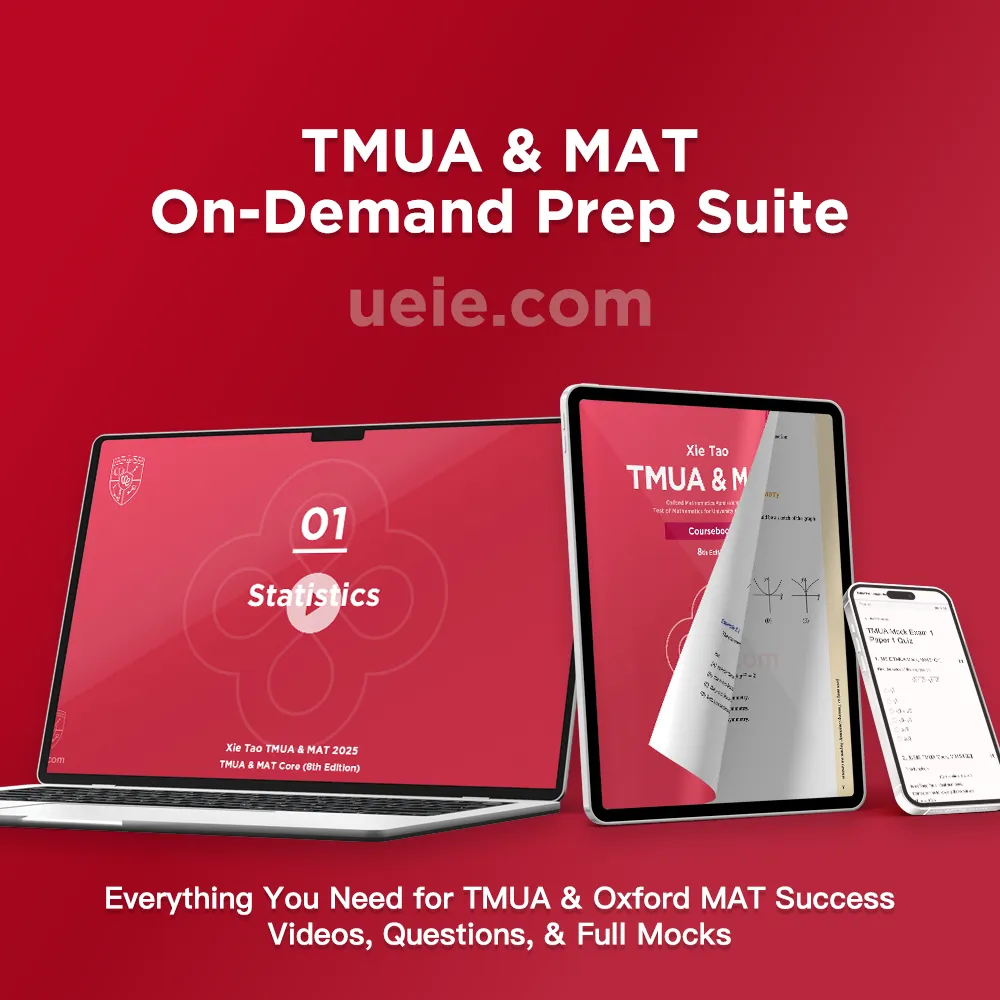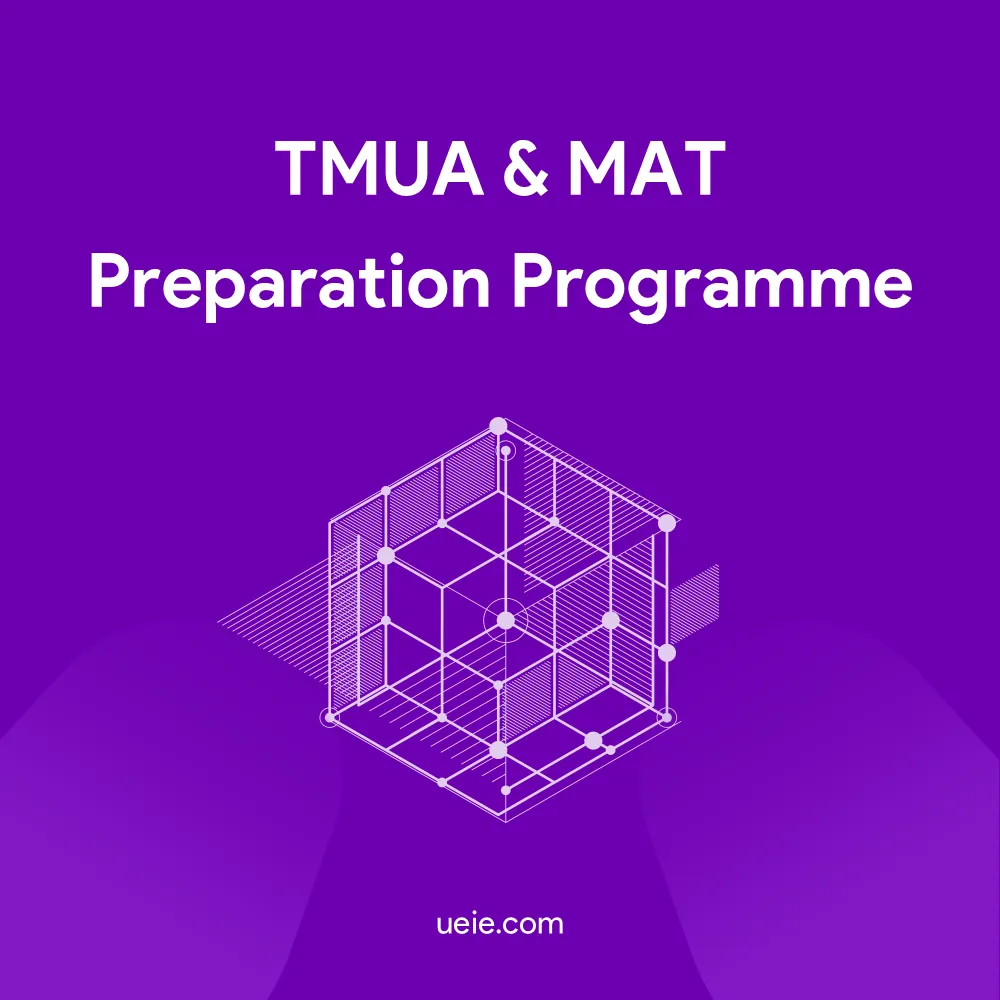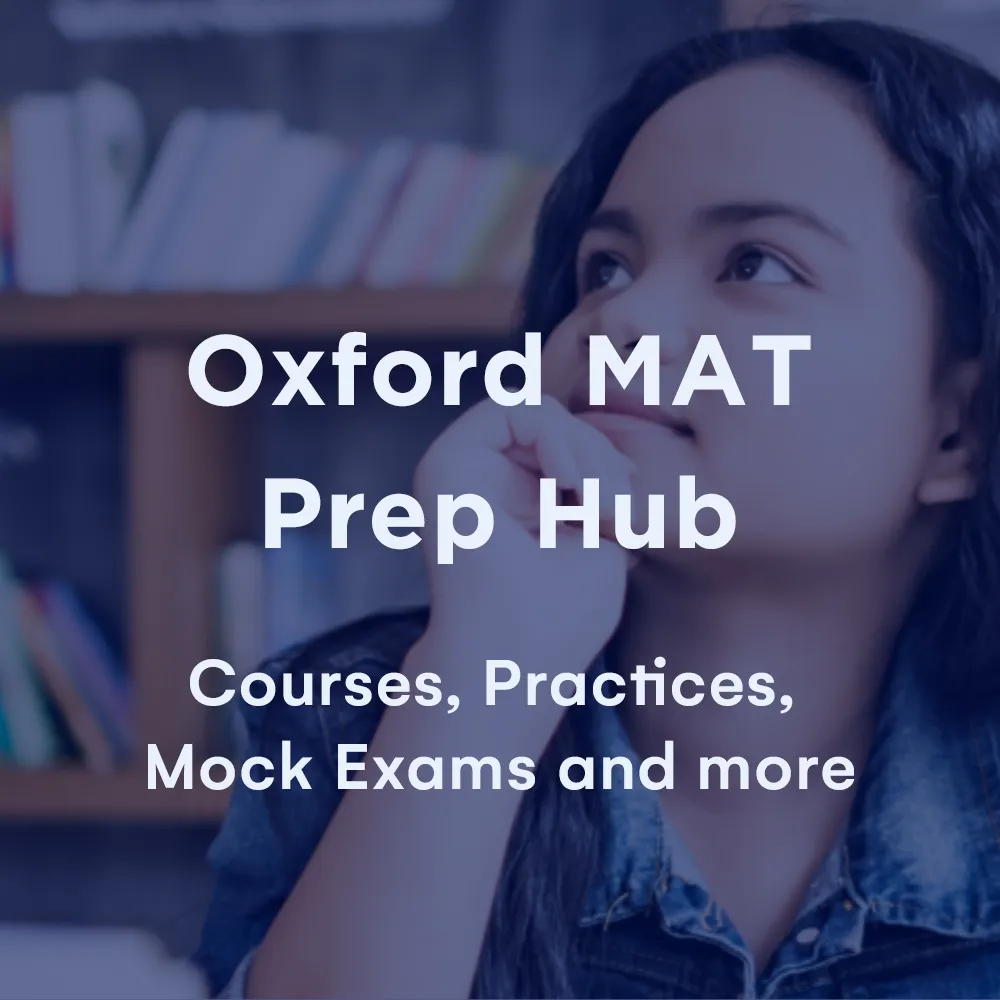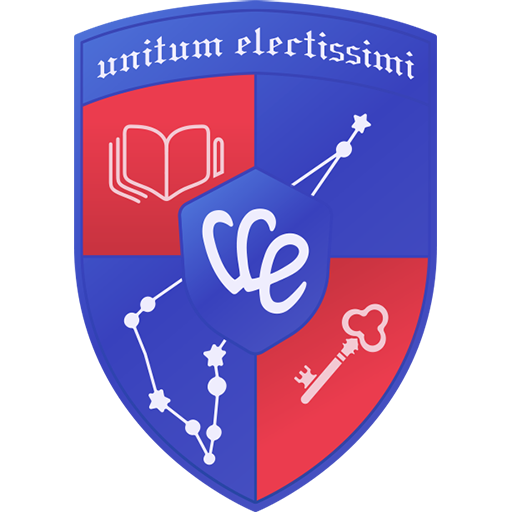TMUA vs MAT Synergy: An Efficient Strategy for Joint Preparation

Independent Teacher
TMUA vs MAT Synergy: An Efficient Strategy for Joint Preparation
I. TMUA vs Oxford MAT: Why Are They So Often Mentioned Together?
Prospective students and parents targeting mathematics, computer science, economics, or other sought-after degree programmes at Oxbridge or other G5 universities will likely be familiar with the TMUA and the Oxford MAT (hereafter MAT) – two key mathematics admissions tests. Astute parents and students may have already spotted a crucial distinction: TMUA vs MAT — one examination (TMUA) is composed entirely of multiple-choice questions, while the other (MAT) features both multiple-choice and extended-response questions. These are fundamentally different examinations, so why are they often mentioned in the same breath, or even recommended for concurrent preparation? Could this approach dilute one’s focus?
This is an exceedingly common and pertinent query. This article aims to demystify the situation by directly comparing the TMUA and MAT, thereby revealing their ‘intrinsic connection’. I will explain why, for many students, preparing for these two examinations in tandem is, in fact, a more astute and efficient strategy – one capable of producing a synergistic effect greater than the sum of its parts (a ‘1+1>2’ outcome) – and will outline a clear and practical path to achieve this.
II. TMUA vs MAT: A Table for Understanding Core Similarities and Differences
First, let us consolidate the key information for the TMUA and MAT into a table, enabling you to discern their most crucial similarities and differences at a glance:
| Dimension | TMUA | Oxford MAT |
|---|---|---|
| Managing Body | UAT-UK | University of Oxford |
| Exam Delivery Partner | Pearson VUE | Pearson VUE |
| Response Format | Online, computer-based | Online, computer-based |
| Question Types & Quantity | 40 multiple-choice questions | 25 multiple-choice questions + 2 extended-response questions |
| Examination Duration | 2.5 hours | 2.5 hours |
| Knowledge Base | Primarily based on A Level Mathematics + some GCSE Mathematics | Primarily based on A Level Mathematics |
| Further Mathematics | Not required | Not required |
| Examination Style | Emphasis on speed and precision | Emphasis on thinking and logic |
| Assessed Abilities | Rapid and accurate application of knowledge; logical reasoning agility. | Rigorous logical thinking; creative problem-solving. |
| Permitted Aids | Calculators, formula sheets, and dictionaries are all prohibited. | Calculators, formula sheets, and dictionaries are all prohibited. |
| Scoring Method | Standardised score: 1.0-9.0 (converted from raw score) | Raw score: 0-100 |
| Typical Universities / Majors |
|
|
| Keywords | Speed, accuracy, logical reasoning, broad application | Logic, problem-solving, mental flexibility, Oxford |
Brief Summary
Upon reviewing the table, you will observe that the TMUA and MAT do indeed exhibit distinct differences in question format (one being purely multiple-choice, the other a hybrid) and style (one prioritising speed, the other depth). However, their commonalities are also remarkably prominent: both are computer-based examinations, neither necessitates Further Mathematics, both are founded upon A Level core mathematics knowledge, and both place considerable emphasis on logical aptitude. These shared characteristics precisely form the basis upon which we can implement an effective joint preparation strategy.
III. 'Combination' and 'Separation': The Rationale and Key Aspects of TMUA MAT Joint Preparation
Having understood the core similarities and differences, you can now appreciate why the TMUA and MAT are suitable for ‘combined’ preparation, and yet necessitate ‘separate’ training in certain aspects.
1. Why 'Combine'? – Unveiling the Intrinsic Connection
The feasibility and efficacy of joint preparation primarily stem from their close ‘intrinsic connection’.
A Highly Overlapping Knowledge System is Core
This is the most crucial point! Both the TMUA and MAT predominantly assess A Level Mathematics knowledge (mainly Pure Mathematics with a small amount of Statistics). Both are built upon core secondary school mathematics knowledge and neither requires the additional burden of studying Further Mathematics. This implies that when revising fundamental modules such as functions, algebra, calculus, and coordinate geometry, a single study pass can satisfy the majority of the knowledge requirements for both examinations, thereby avoiding substantial duplication of effort. This is the most significant efficiency gain!
Underlying Skills are Transferable
Whether it is the TMUA’s demand for rapid and accurate logical judgement or the MAT’s requirement for rigorous and in-depth logical analysis, a sound foundation in logical thinking is essential. Similarly, solid fundamental calculation skills, the ability to accurately express oneself using mathematical language, and basic problem deconstruction capabilities are vital for both examinations. Training these underlying skills can yield a ‘dual benefit from a single effort’.
Consistent Examination Environment
Both are computer-based examinations conducted at Pearson VUE test centres. Familiarity with the computer-based testing environment, on-screen reading, and online answering procedures is entirely transferable, reducing adaptation costs.
In simple terms, if we liken examination preparation to constructing a house, the foundational materials and load-bearing columns (core knowledge, underlying skills, examination environment) for the TMUA and Oxford MAT are largely identical. Tutors can construct them simultaneously, saving both time and effort.
2. Why 'Separate'? – Unique Skills Require Dedicated Practice
Naturally, identical foundations do not equate to identical houses. The TMUA and MAT have different emphases regarding skill requirements; therefore, students must undertake specialised training separately.
TMUA is like a ‘Sprint’
It demands that students unleash their maximum problem-solving speed and accuracy within an extremely limited timeframe. Consequently, extensive timed multiple-choice question practice is imperative. Students must become proficient in various multiple-choice techniques (such as rapid elimination, substitution of special values, etc.) and develop time management into an ingrained habit. Merely possessing knowledge without the requisite techniques and speed will not suffice to achieve a high score in the TMUA.
MAT is like ‘Puzzle Solving and Questing’
It places greater emphasis on a student’s depth of thought and creativity when confronted with unfamiliar problems. Therefore, dedicated practice is needed in deconstructing novel problems, conducting in-depth logical analysis, and learning how to articulate problem-solving processes clearly via the keyboard (to address the extended-response questions). Practising only multiple-choice techniques will not adequately prepare one for the unique intellectual challenges posed by the MAT.
3. TMUA vs MAT: Brief Summary
The foundational elements of TMUA and MAT preparation can be tackled together, akin to building overall physical fitness; however, specific skills must be honed separately – a sprinter and a puzzle master will undoubtedly have different specialised training regimens.
IV. The Efficient Path: The '1+1>2' Approach to Joint Preparation
Understanding the rationale behind ‘combination’ and ‘separation’ allows us to devise an efficient joint preparation path that truly achieves a ‘1+1>2’ effect.
1. Wherein Lie the Advantages of '1+1>2'?
The benefits of jointly preparing for the TMUA and MAT are tangible:
- Time-saving: This is the paramount advantage. Foundational knowledge need only be revised once, averting the repetitive investment of substantial time.
- Efficient: The enhancement of core abilities (such as logic and calculation) simultaneously benefits both examinations, creating a synergistic learning effect.
- Effort-saving: Familiarisation with the computer-based testing platform and procedures is only required once.
- Pragmatic: For students planning to apply simultaneously to Oxford and other top universities requiring the TMUA, this is the most natural and highly efficient strategy.
2. How to Achieve Efficient TMUA MAT Joint Preparation?
The key to efficient joint preparation lies in ‘strategy’:
Fundamental Path: Communalities First, Differences Later
- Step One (Laying the Foundation): Concentrate efforts on revising and consolidating the common A Level/AS core mathematics knowledge, ensuring conceptual clarity, formulaic proficiency, and computational accuracy. Concurrently, cultivate fundamental logical thinking skills.
- Step Two (Building the Framework, Dividing the Rooms): Once the foundation is solid, begin introducing targeted practice. On one hand, commence MAT-style in-depth thinking and problem-solving training; on the other, start TMUA-style timed practice to cultivate an initial sense of speed and multiple-choice question response capability.
- Step Three (Fine-Tuning): Enter the intensive phase, increasing the intensity of specialised training. Engage in extensive timed TMUA multiple-choice question practice, rigorously focusing on speed and accuracy. Simultaneously, concentrate on tackling past MAT papers and challenging problems to refine depth of thought and skills for answering short-answer questions.
Recommended Preparation Time
Generally, a systematic preparation period of 5-10 months is considered reasonable (the specific duration will vary depending on the student’s foundational knowledge). The crucial aspect is to commence early and ensure consistent, sustained effort.
Official Resources are Fundamental
Official materials (such as sample questions from the TMUA and MAT official websites, syllabuses, past papers, etc.) are fundamental and must be utilised effectively.
Considering the unique aspects of joint preparation, opting for specially designed joint preparation courses and materials tailored to the characteristics of both the TMUA and MAT will prove to be significantly more effective. For example, the TMUA+MAT On-Demand Prep Suite and the TMUA+MAT Live Classes offered by UEIE.
Key Recommended Resources

TMUA & MAT On-Demand Prep Suite
SG$302 – SG$436Price range: SG$302 through SG$436

TMUA & MAT Preparation Programme
SG$733 – SG$2 915Price range: SG$733 through SG$2 915
The greatest value of such resources lies in their optimised design, which already incorporates the ‘combination’ and ‘separation’ learning paths and training content based on the similarities and differences between the two examinations. They can clearly guide students on what to learn first, what to practise subsequently, and how to practise most efficiently, thereby averting the potential waste of time and energy that might arise from students’ own trial-and-error efforts. For those pursuing highly efficient preparation, this is an exceedingly judicious choice.
3. Reassurance for Parents
Some parents may harbour concerns: Will preparing for both simultaneously result in neither being mastered thoroughly? On the contrary, a scientific approach to joint preparation is a more intelligent learning strategy. It does not merely amalgamate the content of the two examinations; rather, by integrating the common foundational components, it conserves precious time and energy, enabling the child to address the unique difficulties and skill requirements of each examination with greater composure and focus. This is a structured, efficiency-oriented method, the objective of which is to maximise the outcome of the preparation.
V. Conclusion: Bid Farewell to Indecision, Progress Efficiently
In summary, whilst the TMUA and MAT differ in their assessment styles and specific question types, their close ‘intrinsic connection’ in terms of knowledge base and core competency requirements makes joint preparation not only entirely feasible but, for many ambitious students, an intelligent path capable of genuinely enhancing efficiency and achieving a ‘1+1>2’ effect.
The key to success lies in employing appropriate methodology: fully leveraging their commonalities to efficiently establish a solid foundation, whilst also clearly recognising their differences and undertaking precise, specialised skills training.
It is hoped that the analysis herein will help to dispel any doubts and instil confidence in your forthcoming preparation planning. It is advisable to consider adopting structured, systematic joint preparation schemes and high-quality resources to ensure a smoother and more efficient preparation journey.
Want to learn more? Please see:

TMUA Prep Hub

Oxford MAT Prep Hub
Follow Us on Wechat



